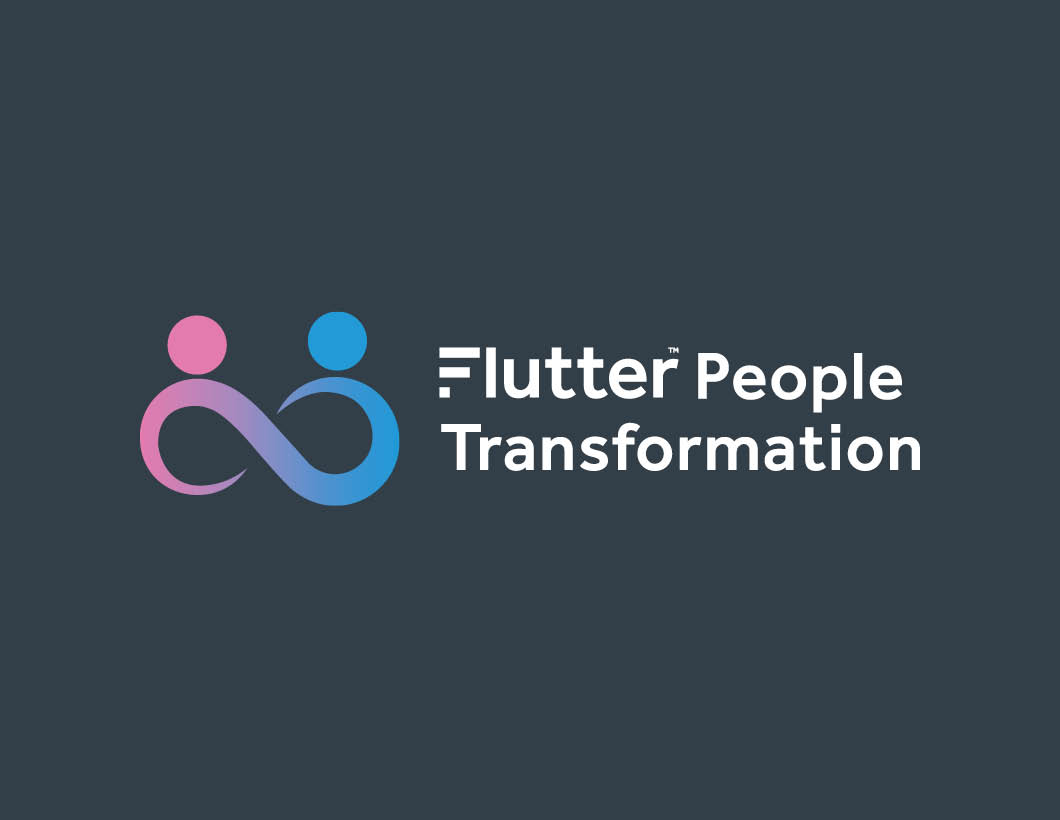Exploring the Best Technology Devices to View Internal Organs: Your Guide to Modern Medical Imaging
Introduction to Viewing Internal Organs with Technology
Modern medicine has revolutionized the way doctors and patients understand internal health. Today, advanced technology devices allow healthcare providers to see inside the human body without the need for invasive surgery. If you are seeking to learn which technology device could be used to view a patient’s internal organs, this guide offers comprehensive, actionable insight into the most effective, widely used imaging techniques. We cover how each technology works, when it’s used, key benefits, and practical steps for patients and healthcare providers who want to access these services.
Ultrasound Imaging: Safe, Fast, and Versatile
Ultrasound imaging -also known as sonography-employs high-frequency sound waves to create real-time images of tissues and organs. The process is noninvasive and involves placing a small transducer (probe) on the skin, often with a layer of gel to improve contact. The device then sends sound waves into the body; echoes from organs are captured and converted into moving images on a screen.
This technique is particularly valuable for viewing soft tissues, such as the heart, liver, kidneys, and reproductive organs. It is most famously used to monitor pregnancy, but its clinical applications are much broader, including the assessment of abdominal organs, blood flow (with Doppler ultrasound), and guiding needle biopsies. Because ultrasound does not use ionizing radiation, it is considered very safe-even for expectant mothers-and is typically affordable and accessible in most clinical settings [2] .
Example: A pregnant woman receives an ultrasound to monitor fetal development. Elsewhere, a patient with abdominal pain might have an ultrasound to check for gallstones or liver disease.

Source: huffpost.com
How to Access: To receive an ultrasound, individuals can consult their primary care physician or visit a hospital or imaging center. Most insurance plans cover medically necessary ultrasounds. If you do not have insurance, discuss payment options or sliding scale programs with your provider. You can also search for “ultrasound imaging centers near me” or contact your local hospital radiology department for information about scheduling.
Potential Challenges: Ultrasound is highly operator-dependent, and image quality may vary. It may also provide less anatomical detail compared to other modalities like MRI or CT, especially for deep or dense tissues [1] .
Alternatives: If ultrasound does not provide sufficient detail, your healthcare provider may recommend an MRI or CT scan, detailed below.
Magnetic Resonance Imaging (MRI): Highly Detailed Soft Tissue Visualization
Magnetic Resonance Imaging (MRI) is another powerful device for visualizing internal organs. MRI uses a combination of strong magnetic fields and radio waves to generate highly detailed images, especially useful for soft tissues such as the brain, spinal cord, muscles, ligaments, and organs [3] . Unlike X-rays or CT scans, MRI does not use ionizing radiation, making it a preferable option for many patients.
How It Works: During an MRI, the patient lies inside a large, tube-shaped scanner. The machine aligns hydrogen atoms in the body with its magnetic field. Radio waves then disrupt this alignment, and as atoms return to their original positions, they emit signals that a computer translates into images. MRI scans can be tailored to different organs or tissues, depending on the clinical question.
Example: MRI is often used to detect brain tumors, spinal cord injuries, joint problems, or liver disease. For instance, a neurologist might order an MRI to investigate unexplained headaches or neurological symptoms.
How to Access: To access MRI services, patients typically need a referral from their healthcare provider. Many hospitals and imaging centers offer MRI scans. Because MRI is more expensive than ultrasound or standard X-rays, verify insurance coverage and inquire about out-of-pocket costs in advance. Some facilities offer financial counseling or payment plans. If you have metal implants or medical devices (like pacemakers), inform your provider, as MRI may not be safe for you [3] .
Potential Challenges: MRI scans can take longer (20-90 minutes), and some people experience anxiety or claustrophobia inside the scanner. Open MRI machines are available at select locations for patients who are uncomfortable in confined spaces.

Source: wallpaperaccess.com
Alternatives: If you cannot have an MRI due to implants or cost, CT scans or ultrasound may be used, depending on the clinical scenario.
CT Scans: Rapid and Broad Internal Imaging
Computed Tomography (CT) scans combine X-rays and computer technology to produce cross-sectional images of the body. CT scans are particularly effective for detecting injuries, tumors, and abnormalities in organs, bones, and blood vessels. They are frequently used in emergency settings due to their speed and detailed anatomical views [5] .
How It Works: Patients lie on a table that slides through a circular scanner. The machine rotates around the body, taking multiple X-ray images from different angles, which are then reconstructed into detailed slices.
Example: A patient with trauma from a car accident may receive a CT scan to quickly assess internal bleeding or organ damage. CT is also widely used for cancer detection, lung disease screening, and planning surgeries.
How to Access: CT scans require a doctor’s order. Most hospitals and imaging centers offer CT services. Insurance typically covers medically necessary CT scans; always verify coverage and discuss copayments or deductibles. If you lack insurance, ask about payment assistance programs.
Potential Challenges: CT scans expose patients to ionizing radiation, so repeated scans are avoided unless necessary. Pregnant women and children are only scanned when benefits outweigh risks. Some CT scans use contrast agents, which can cause allergic reactions in rare cases.
Alternatives: For certain conditions, MRI or ultrasound may be safer or more appropriate, especially in sensitive populations.
Other Medical Imaging Technologies
In addition to ultrasound, MRI, and CT, other devices and methods may be used for visualizing internal organs:
- X-rays: Best for imaging bones and, with contrast agents, some organs.
- PET scans: Used mainly for detecting cancer or evaluating brain and heart function.
- Endoscopy: Involves inserting a small camera into body cavities, providing direct visuals of organs such as the stomach or colon.
The choice of technology depends on the clinical question, patient safety considerations, and resource availability. Discuss your options with a healthcare provider to choose the most suitable method.
How to Access Medical Imaging Services
If you need an internal organ imaging study, here are step-by-step instructions:
- Speak with your primary care provider or specialist to discuss your symptoms and determine which imaging test is appropriate.
- After referral, contact your hospital or local imaging center to schedule the procedure. Many facilities have patient navigators or schedulers who can guide you through the process.
- Verify insurance coverage before the appointment. If you are uninsured, ask the imaging center about self-pay rates or financial assistance programs. Many hospitals offer charity care or payment plans for essential diagnostic studies.
- Follow all preparation instructions provided by your healthcare team (e.g., fasting, medication adjustments).
- After the scan, results are typically interpreted by a radiologist and sent to your doctor, who will discuss the findings and next steps with you.
For additional help finding imaging services, consider contacting your state department of health or searching for accredited imaging centers through the American College of Radiology. If you have questions about a specific imaging device or its safety, consult the U.S. Food and Drug Administration (FDA) or the National Institutes of Health (NIH) for authoritative resources.
Summary of Device Selection and Key Considerations
Multiple technology devices are available for viewing internal organs, each with unique strengths. Ultrasound is ideal for real-time, radiation-free imaging and is widely accessible. MRI provides unparalleled detail for soft tissues but may not be suitable for everyone. CT scans offer rapid, comprehensive imaging-especially useful in emergencies. The choice depends on the clinical situation, patient safety, and resource availability.
If you are considering one of these tests, speak directly with your healthcare provider, who will consider your symptoms, medical history, and specific needs.
References
MORE FROM cheerdeal.com













